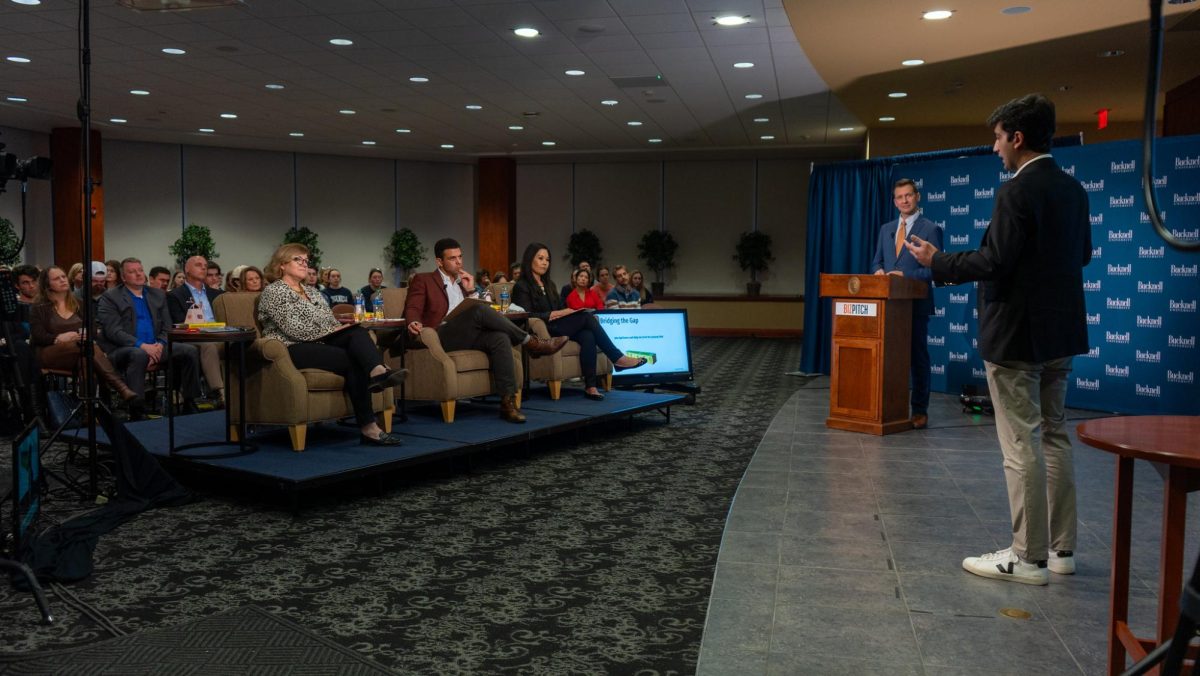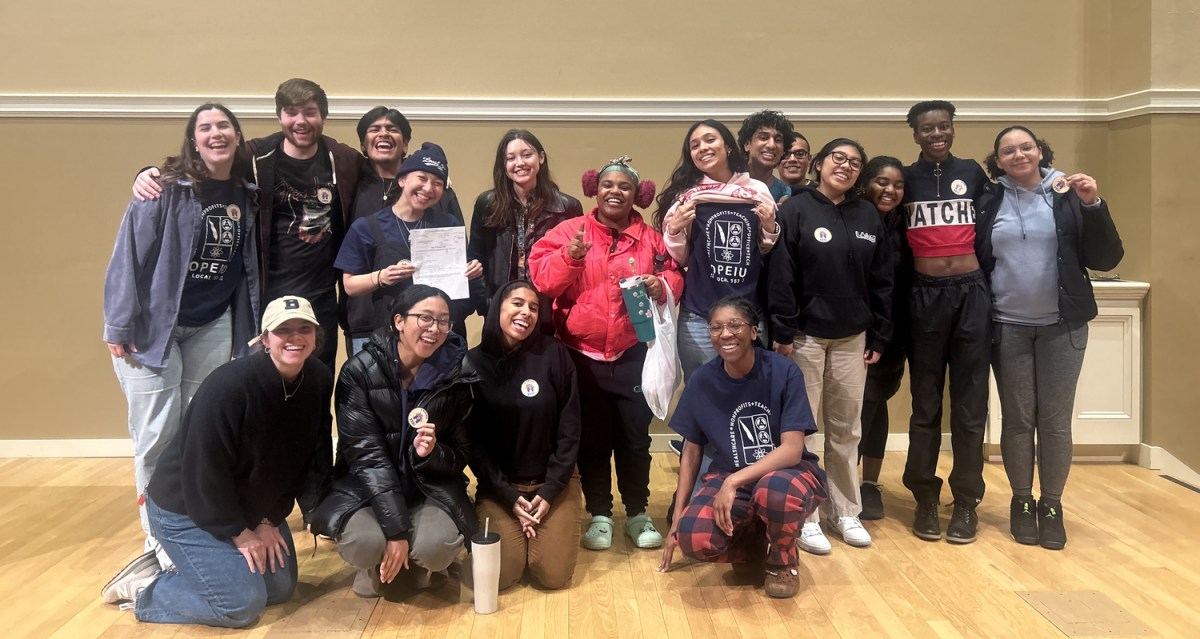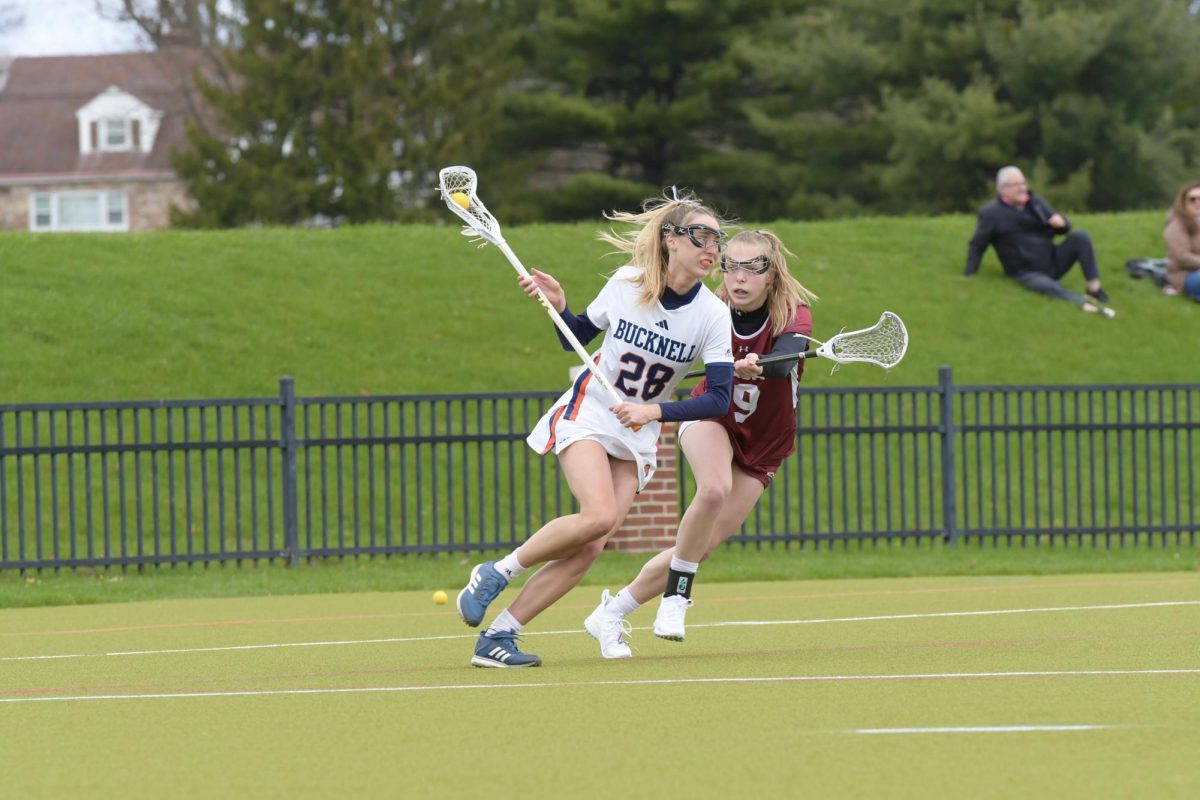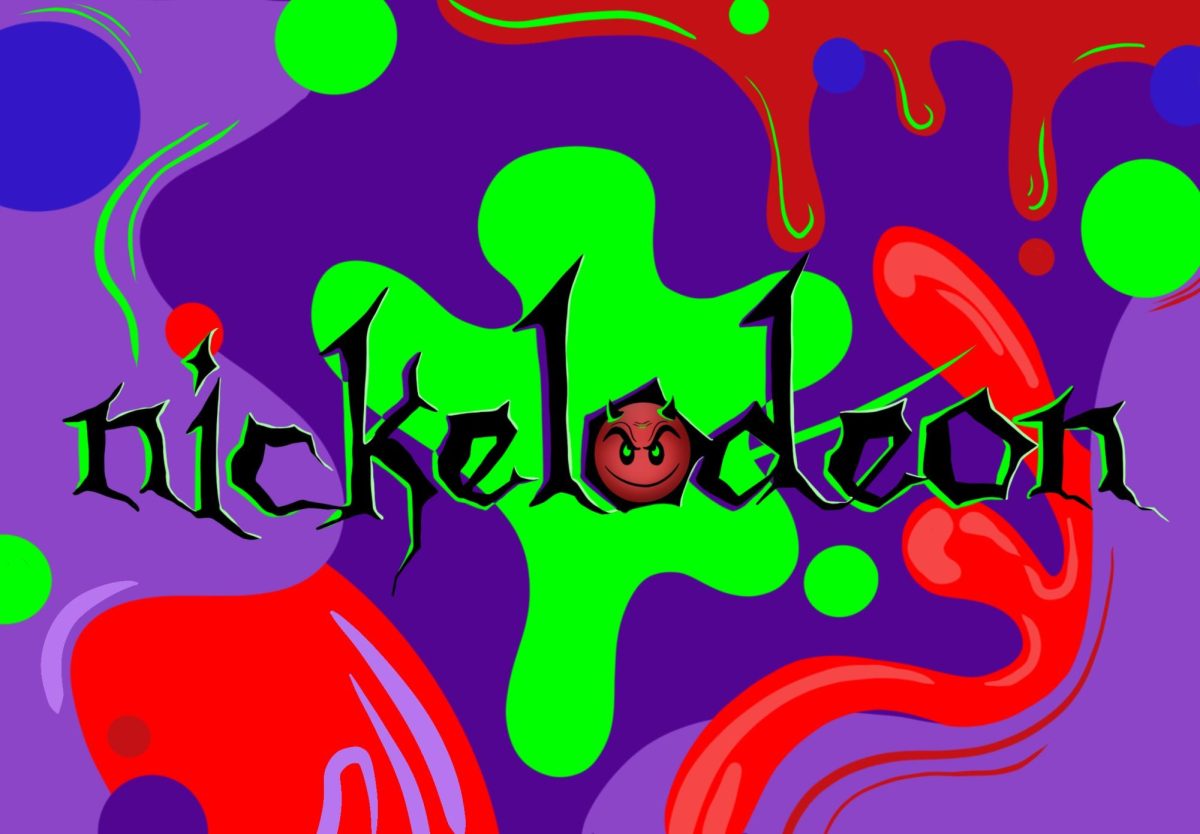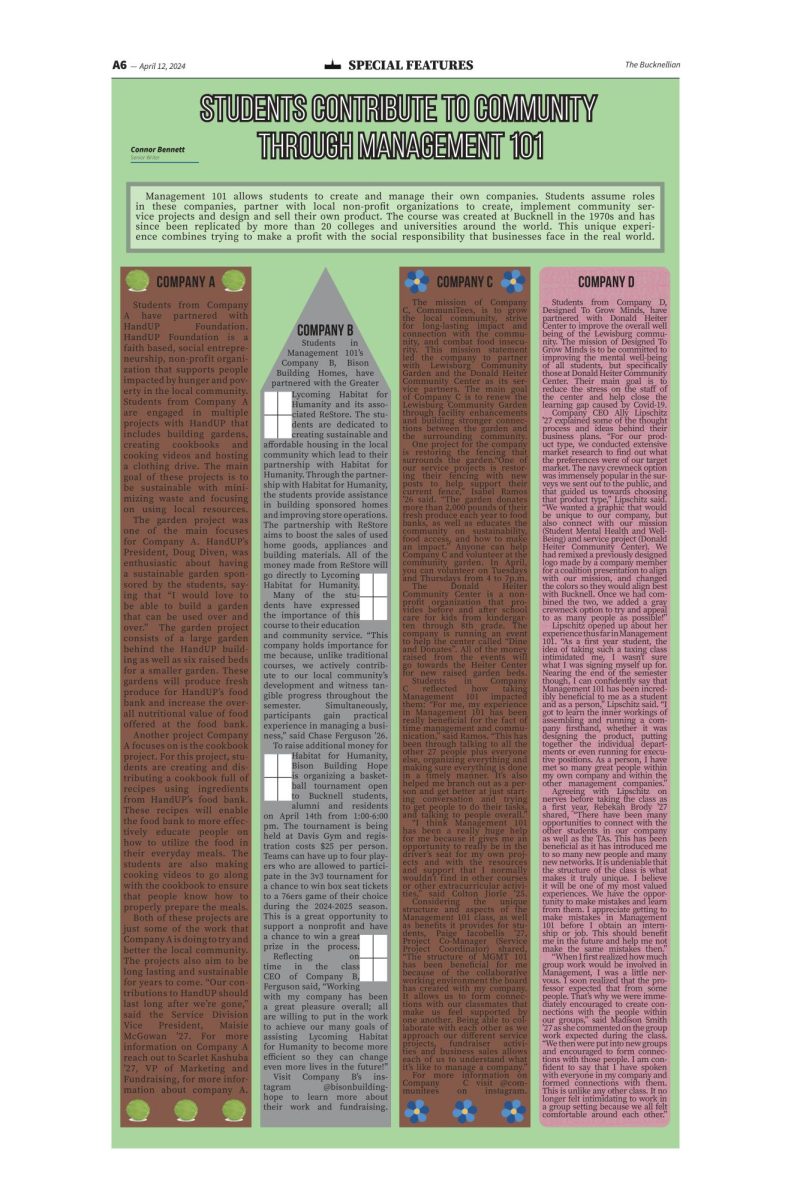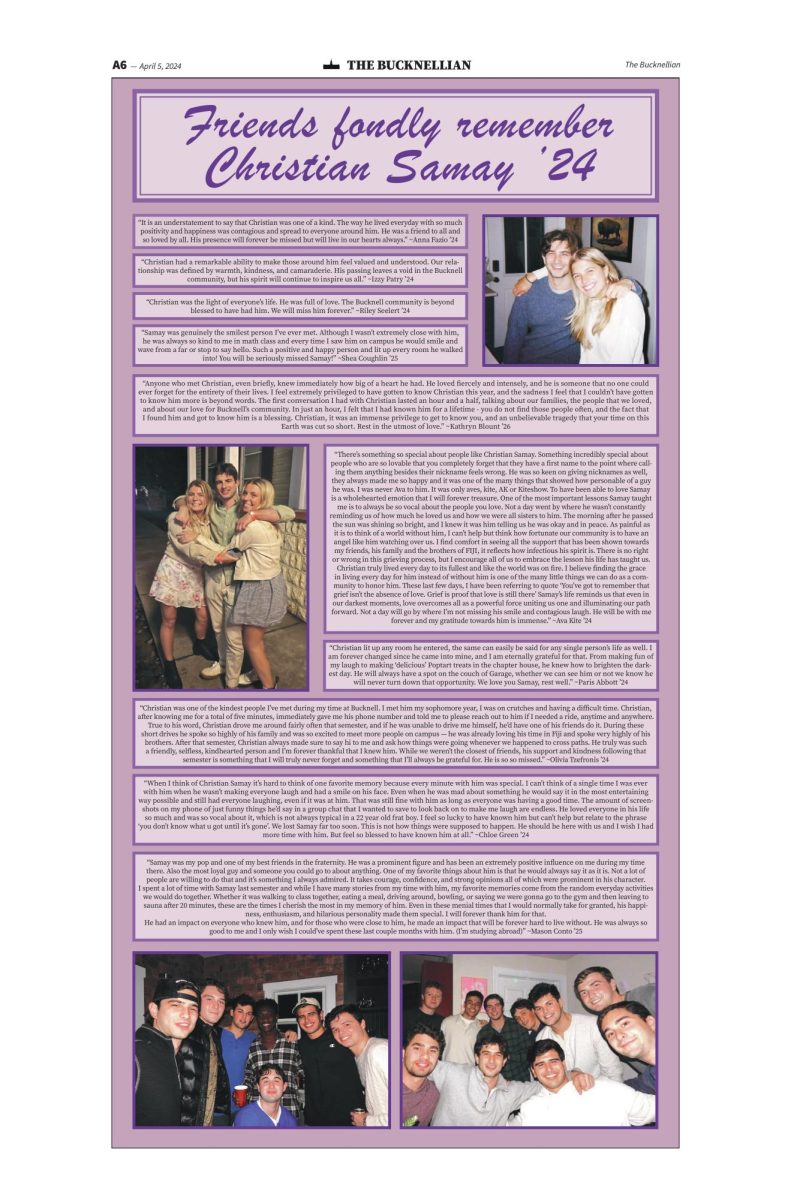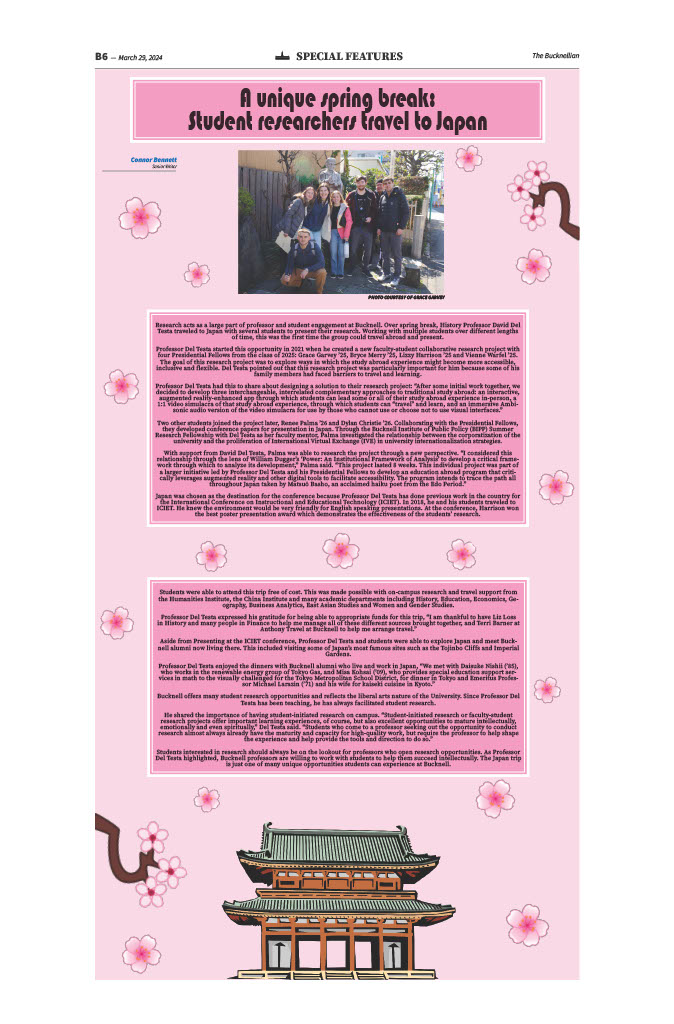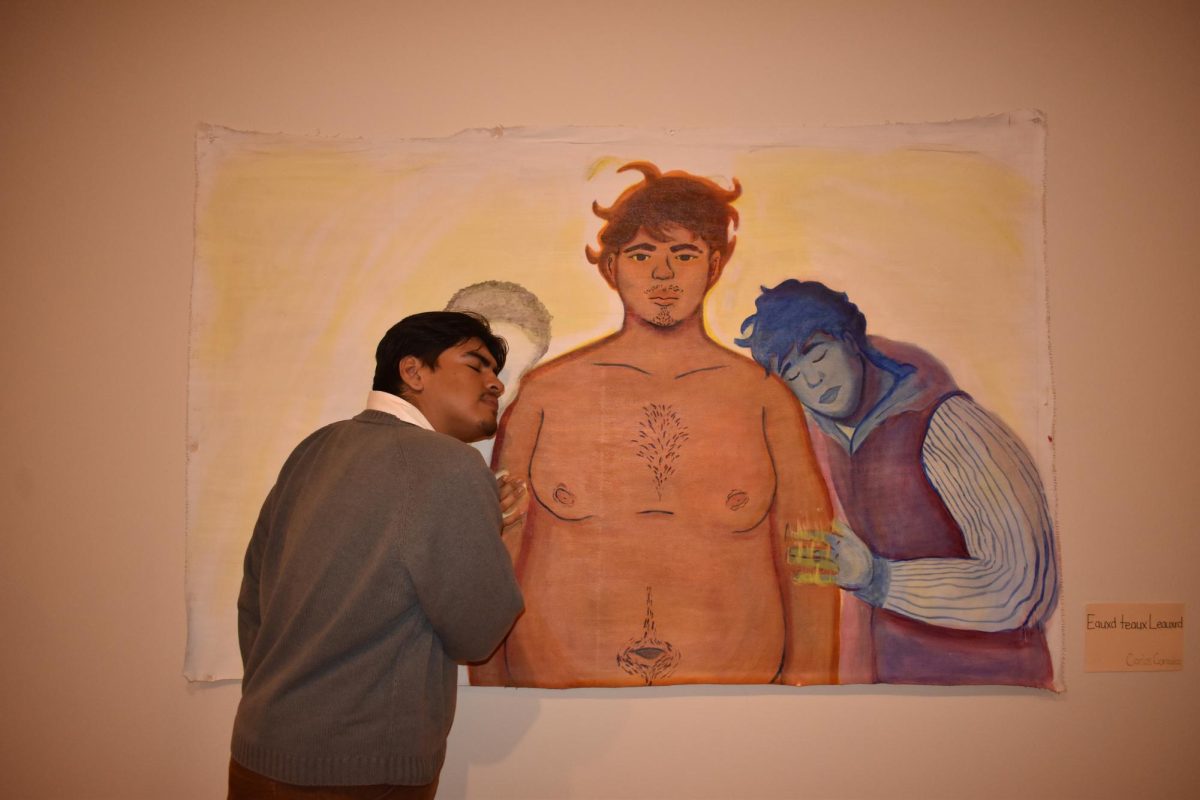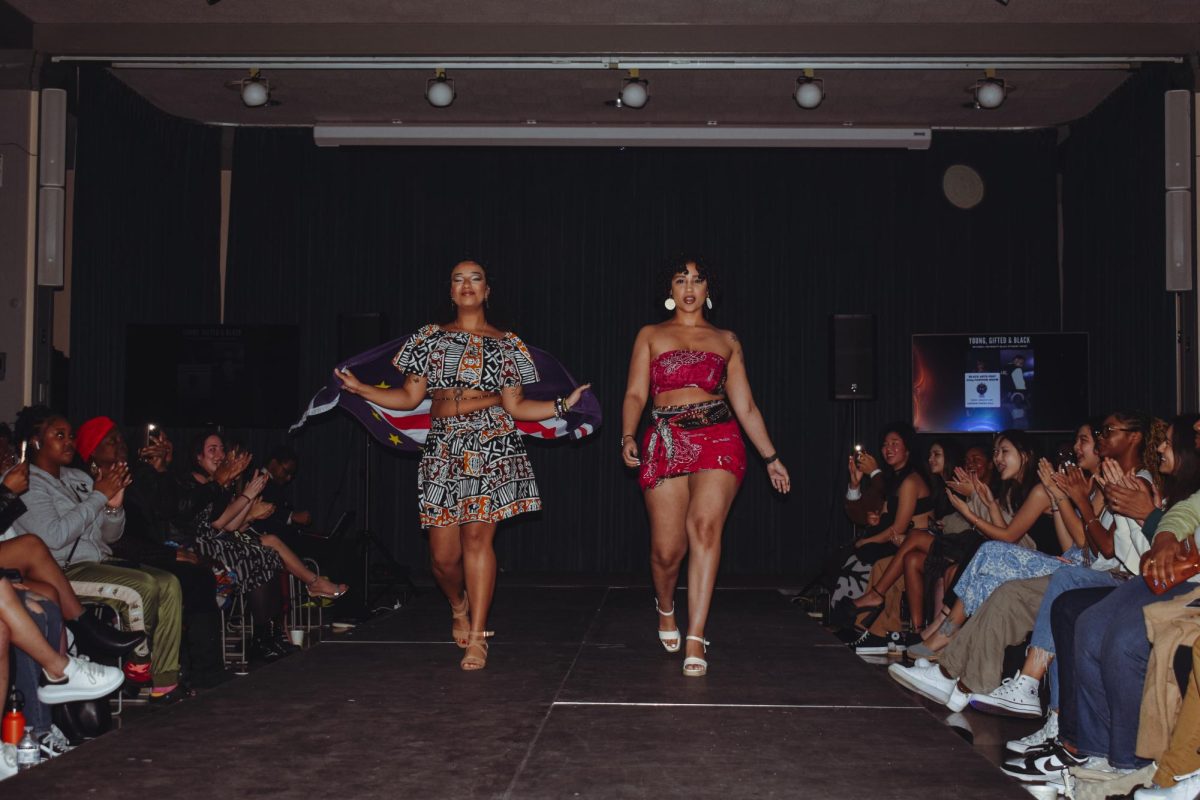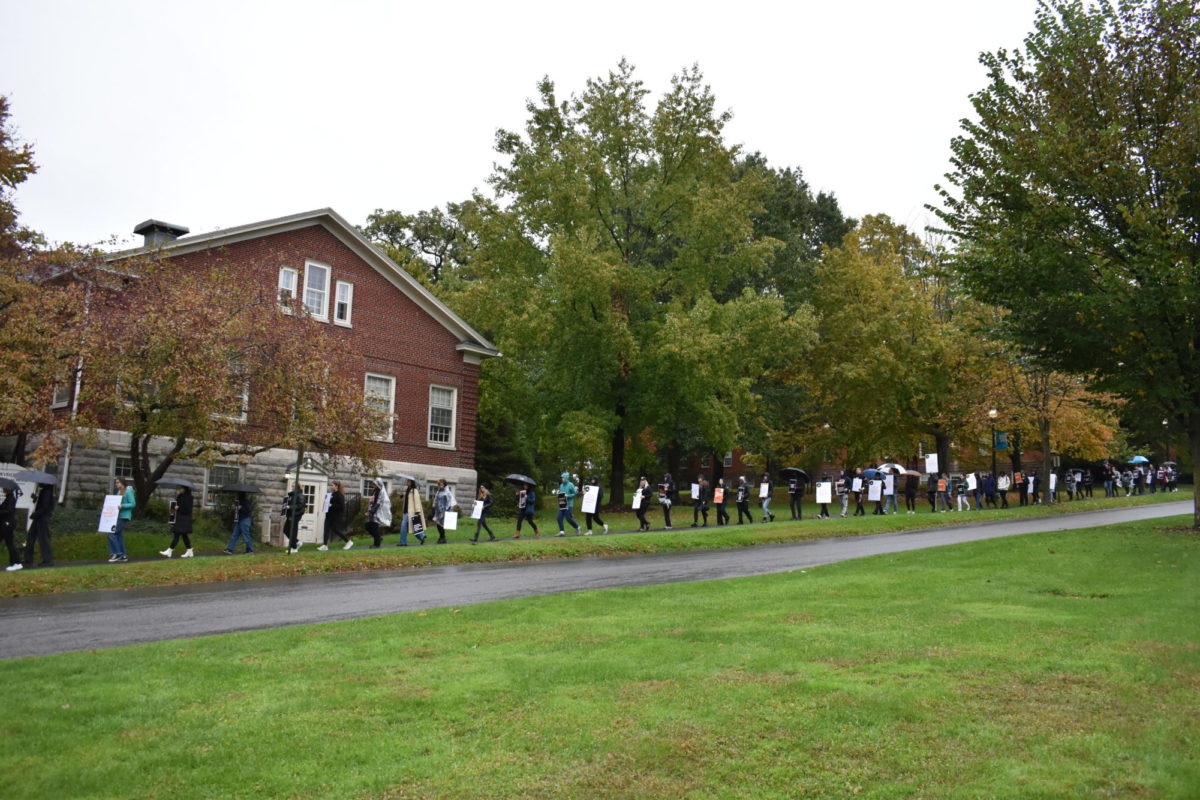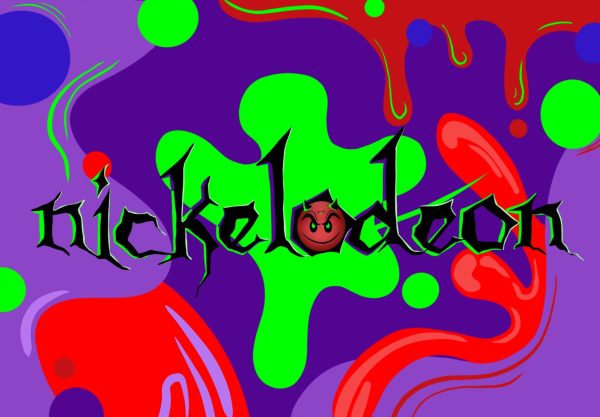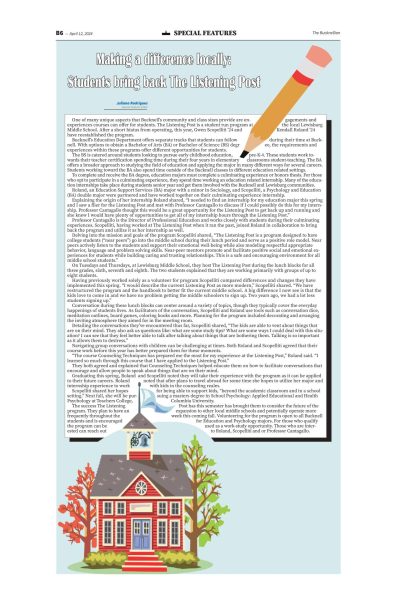Banning books, a step in the wrong direction
April 21, 2023
According to a report released by the American Library Association (ALA) earlier this year, 2022 saw a record number of attempted book bans in public libraries: a whopping 1,269 challenges in comparison to the 729 from the previous year. The practice of censoring certain types of literature in schools and public libraries has been happening for over two decades.
However, never has this practice been so widespread and problematic as it has in the past several years. When the ALA began compiling data on attempted book bans, the average attempt was pointed at singular books. But, recent years have brought on a new surge of censorship organizations that are compiling lists of books they wish to be banned for one reason or another.
The ALA report highlights that most of the books on these lists are written by or about LGBTQ+ people and/or people of color. 2013 data from researchers at Fort Lewis College revealed some of the most common reasons for the censorship of such titles: not suitable for the intended age group, sexually explicit and/or offensive language. The data also showed that, at the time, a majority of book challenges were initiated by parents and were directed at mostly schools and public libraries.
The ALA echoed these statistics in a Banned Book FAQ released in 2016, and based on a top ten list of the most banned books in America published by PEN America in late 2022, the heightened banning of books by or about queer people and people of color still hold true. A few of the books on PEN America’s list include Gender Queer: A Memoir by Maia Kobabe, The Hate U Give by Angie Thomas, Me and Earl and the Dying Girl by Jesse Andrews, and The Kite Runner by Khaled Hosseini. All of these are critically acclaimed novels with complex and nuanced messages that highlight some of the biggest struggles faced by humanity: life, love and death. In World War II Europe, Hitler’s regime engaged in similar practices of censorship; the only real difference is that they actually burned books. In today’s world, we have yet to stoop to that level, but one could argue that we are coming dangerously close.
Since the evolution of the human race, the creation of literature has been one of the major cornerstones of thriving civilizations. Taking away the ability to consume this art form is nothing short of an abuse of basic human rights. Students all over the world, many of whom may not ever have the opportunity to experience anything other than what they have always known, need and deserve to read books that teach them about the diversity of the world. As Maoria Kirker, leader of the Teaching and Learning Team at George Mason University Libraries, illustrates, “diverse characters and points of view bring the world to life. Beyond building empathy for others, diverse perspectives… help children think through history, ideas, and concepts from different angles.” Not only does this build critical thinking skills, it also encourages the reflection of one’s own actions and identity, and could very well decrease the chance of internal biases becoming instances of discrimination in the future. And even if banning a certain book may benefit one child in some way, it takes away an integral learning experience from every other child whom that ban affects.
